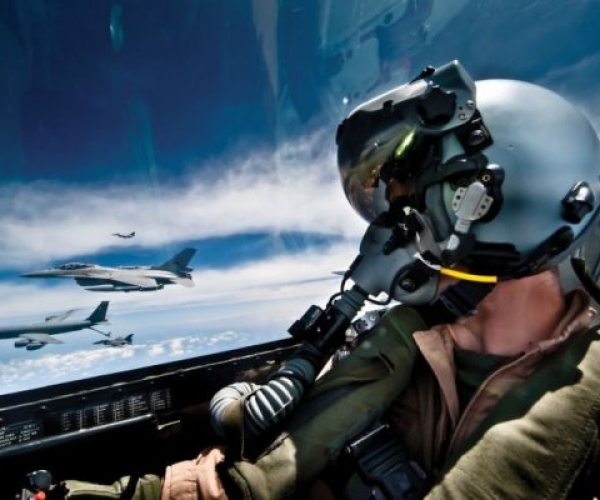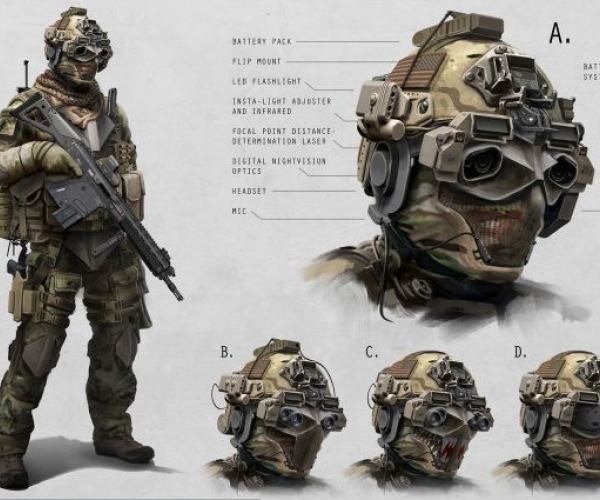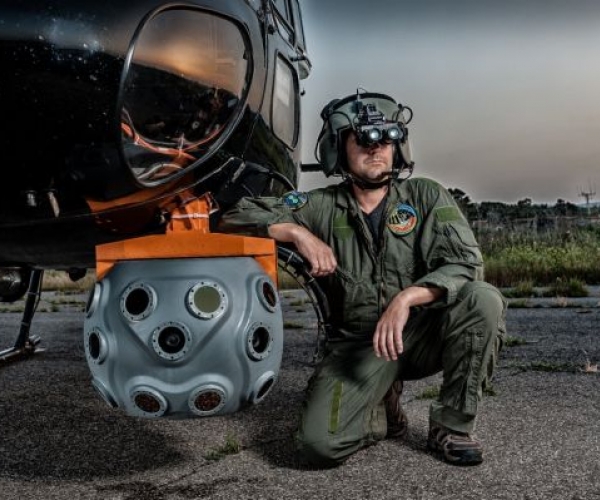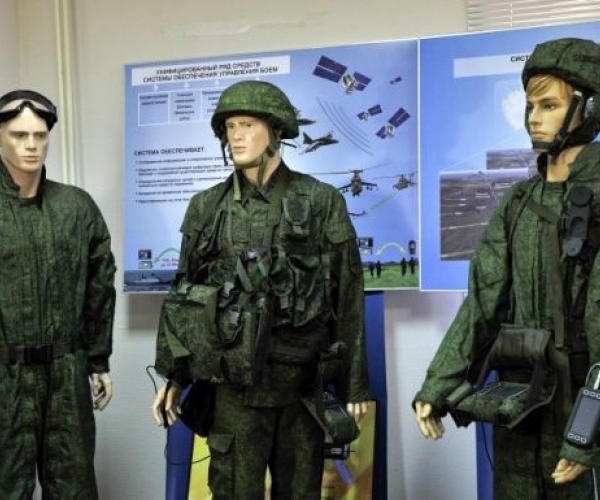Futuristic Combat Helmets Move Beyond Protection

Helmets for pilots and ground troops do much more than stopping bullets. Night vision, data display and secure communication are among the features incorporated in specialist helmets which have evolved to become the most technologically advanced and expensive personal gear.
From the US JHMCS (Joint Helmet Mounted Cueing Systems) which have has been adopted by US Air Force and Navy F-16, F-18 and F-15 pilots and more recently F-22 and F-35 pilots to the Russian pilot helmet that uses “bones” to transmit voice communication instead of earphones, helmets of today are a technological marvel.
Defenseworld.net lists out the current trends in the combat helmets offered by the vendors around the world.
JHMCS allows a pilot to see displayed on his visor, critical flight and navigation information. Sort of like a see-through computer monitor or Head Up Display. Most importantly, the pilot can turn his head towards a target, get an enemy aircraft into the crosshairs displayed on the visor, and fire a missile that will promptly go after target the pilot was looking at. There is an additional advantage in letting the pilot look around more often without having to look down at cockpit displays, or straight ahead at a HUD (Head Up Display.) This kind of freedom gives an experienced pilot an extra edge in finding enemy aircraft or targets, and maneuvering to get into a better position for attacks. JHMCS is also useful for air-to-ground attacks.
In early 2000s, the helmets were designed such that the communications headsets were worn more comfortably under the helmet, keeping in mind reduced helmet weight, improved fit, and more effective protection against loud noises.

The US Department of Defense announced early this year, the Special Operations Command’s TALOS Suit that envisions life support and communication systems being built into the helmet itself.
The TALOS suit “was chartered to explore and catalyze a revolutionary integration of advanced technology to provide comprehensive ballistic protection, peerless tactical capabilities and ultimately to enhance the strategic effectiveness of the SOF operator of the future,” Army Gen. Joseph L. Votel, Socom’s commander, said at the National Defense Industries Association’s Special Operations/Low-intensity Conflict Symposium.
Future prototype suits have exoskeletons that augment the power of the operators, Votel explained. They will also feature helmets with heads-up display technology. Other future prototypes will feature cooling/heating systems and medical sensors to monitor an operator’s vital signs.
The US Army Communications-Electronics Research, Development and Engineering Center has also collaborated for the heads-up display technology with the Defense Advanced Research Projects Agency (DARPA), which originally developed the Heads Up Navigation, Tracking and Reporting (HUNTR) system to visualize data.
The heads-up display itself is built on existing infrastructure and hardware that supports the use of helmet-mounted night vision goggles. HUNTR is designed for use at night, but also for soldiers to swap out the night goggles for a daytime version as well.

The Israeli firm Elbit Systems last month introduced a much improved version of its helmet-mounted display system specifically for helicopter pilots who often work at night. The new BrightNite uses a multidirectional Forward Looking Infrared Radar (FLIR) to see clearly at night and provide display data for helmet visors.
BrightNite, like earlier versions of this concept, sends visual data to the pilots “smart helmet”. It expands the field of view to 220 by 90 degrees visor display, unlike the previous ElbitJedEye which was only 80 by 40 degrees.
For the ground forces, a company called MTEK Weapon Systems has developed a helmet that provides protection at only 1.9 pounds of weight. The development of blast gauges enables designers to test the performance of their helmets, and help reduce the chance of traumatic brain injuries.

Russian’s United Instrument Corporation (UIC) has developed a headset to be used as part of the soldier outfit which relies on a latest technology that transmits sound through ‘bone earphones’, rather than the ears and traditional microphones.
When a soldier speaks or receives orders, the sound is transmitted through the bones of his skull, picturesquely said, via the temples of his head, rather than his ears and traditional microphones. Sound vibrations are detected by the hardware. Thus, the soldier can simultaneously receive orders by radio and hear what is happening on the battlefield. This headset allows quality signal reception and transmission without unwanted sounds.
At DSEi 2015, BAE Systems had announced a prototype communication device that uses bone conduction technology which is often used in commercial headphones.
The new technology improves soldier safety by using body’s natural ability to transmit sound through bone conduction and do away with earphones. The company is hopeful this technology will be incorporated into future integrated helmets.
China debuted a new-generation helmet during the China-Malaysia joint military exercise held in September last year. It is only equipped with a pair of goggles, a cuttlebone is installed in front of the helmet and the night-vision goggle installation is similar to the American style, marking considerable progress compared with previous installations by China.
The new-type helmet is equipped with tactical guide rail that's similar to American TC-2001 helmet on both sides, which means that it is able to serve as the head communication and detection carrier in the single-soldier warfare system at least in terms of hardware. However, the ballistic capability of the helmet is not known yet. It is more of a carrier for single-soldier communication and detection equipment.
Currently, China-made non-metal combat helmet mainly uses nylon-reinforced resin, glass fiber and aramid fiber as fragmentation resistance materials.
The future of the combat helmet designs contains many possibilities, as it is no longer seen just a protection gear but a headgear capable of preparing an infantryman for a clear attack.









